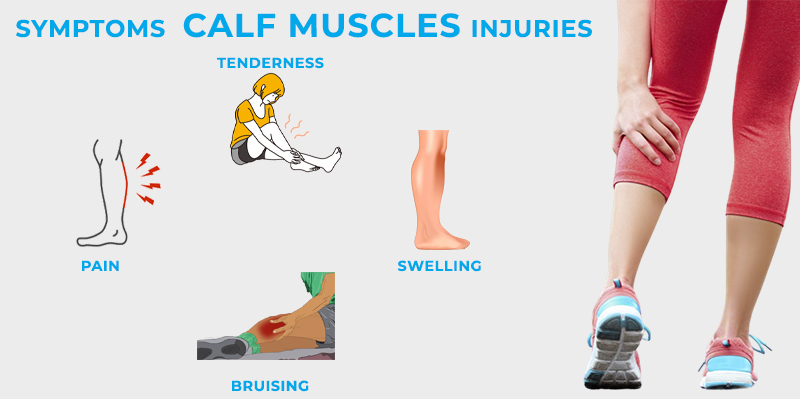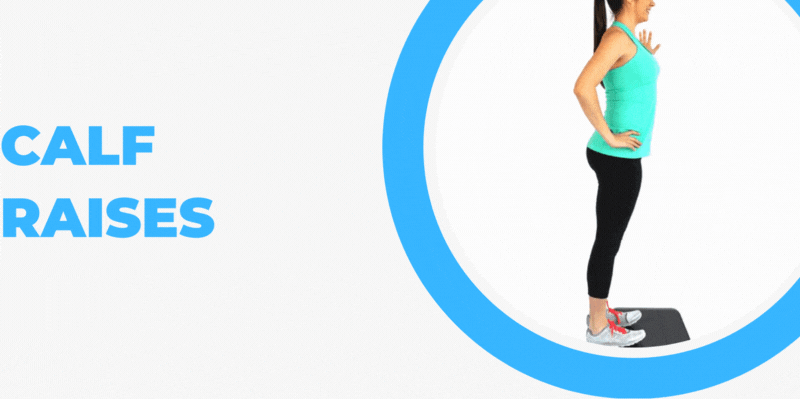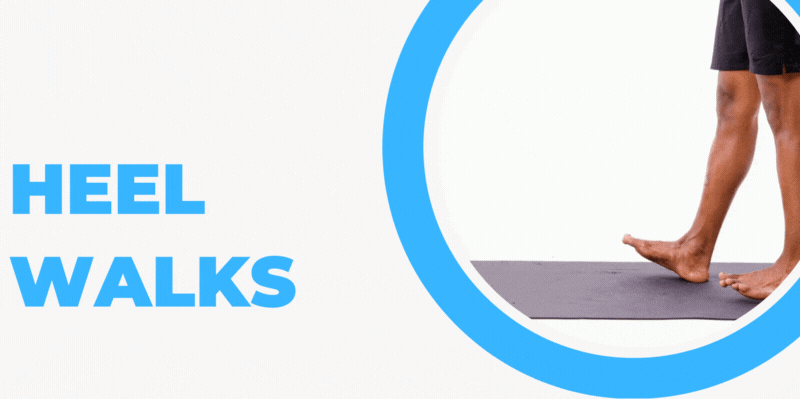Do you always experience calf muscles injuries? Do you wonder what the best treatments and workouts are to cure your condition? If so, then this blog post is for you! Keep reading to learn about how to cure calf muscle injuries.
If you’re a fitness freak or an athlete, chances are you’ve dealt with a calf muscle injury at some point in your life. These injuries can be extremely painful and frustrating, but there are ways to cure them and get back to your normal workout routine. In this blog post, we’ll give you some treatments and workouts that can help cure calf muscle injuries. So if you’re dealing with one of these pesky injuries, read on for some helpful tips!
What Are Calf Muscles Injuries
Calf muscle injuries are a common injury for those who engage in physical activity, especially athletes. The calf muscles are made up of two muscles: the gastrocnemius and the soleus. These muscles can be injured through overuse or through a single incident that causes trauma, such as a sudden twist of the calf muscle. Injuries to the calf muscles can range from mild to severe, and depending on the severity of the injury, treatments and workouts may vary.
Symptoms

The most common calf muscle injury symptoms are pain, swelling, bruising and tenderness around the calf area. In more severe cases, a popping or tearing sensation may be felt in the calf when an injury occurs. If you’re experiencing any of these symptoms, it’s best to get checked out by a doctor as soon as possible so they can assess the damage and suggest a course of treatment.
Treatments For Calf Muscles Injuries
The first step in treating calf muscle injuries is to rest the affected area and apply cold compresses or ice packs. This will help reduce inflammation and pain in the calf muscle. Additionally, using anti-inflammatory medications can also be beneficial in reducing pain and swelling.
If the injury is severe, your doctor may suggest physical therapy or a cortisone injection to help reduce inflammation and speed up recovery time. Your doctor may also recommend compression garments such as calf sleeves or calf wraps to provide additional support while you are healing.
Workouts For Calf Muscles Injuries
Once your calf muscles have healed, it is important to start engaging in calf-strengthening exercises to help prevent future injury. Regularly stretching calf muscles can help increase flexibility and range of motion, as well as improve overall calf muscle strength. The following calf exercises can be done with or without weights:
Calf Raises:

Stand with feet hip-width apart, toes pointed forward. Rise up on your toes, hold for a few seconds and then lower yourself back down.
Single-Leg Calf Raises:

This variation requires you to do calf raises while balancing on one leg. Start by balancing on one leg and then raising your body up onto the toes of the standing leg. Hold for a few seconds and then lower yourself back down.
Heel Walks:

This exercise helps strengthen calf muscles by having you walk around on the balls of your feet. Start by walking forward with your heel off the ground, hold for a few seconds, and then step forward onto the next heel.
Suggestions And Preventions
In addition to the treatments and workouts mentioned in this blog post, there are also a few preventive measures you can take to reduce your risk of calf muscle injuries.
- Make sure to always warm up before engaging in physical activity and use proper form during calf exercises.
- Additionally, be mindful of any calf pain you experience while exercising; if it persists, take breaks and stop exercising.
- Finally, ensure to stretch your calf muscles after exercise in order to prevent tightness and stiffness.
With the right treatments and workouts, you can be well on your way to curing calf muscle injuries. Remember to always listen to your body and consult with a doctor or physical therapist for additional advice!
FAQs
How can I make my calf muscles bigger?
Building calf muscle size involves a combination of calf exercises and adequate nutrition. Calf exercises such as calf raise, single-leg calf raise, heel walks, and jumping can help increase calf muscle size. Additionally, eating an adequate amount of protein can help provide the necessary fuel for building calf muscle size.
How long does it take for calf muscle injuries to heal?
The amount of time it takes for calf muscle injuries to heal can vary depending on the severity of the injury. Generally, calf muscle injuries can take anywhere from a few days up to several weeks or months to completely heal. Consult with your doctor or physical therapist for more information on calf muscle healing times.
What are the best calf exercises?
The best calf exercises to help increase calf muscle strength and size include calf raises, single-leg calf raises, heel walks, and jumping. Additionally, stretching calf muscles before and after exercise can help improve flexibility and reduce the risk of injury. Consult with your doctor or physical therapist for more information on calf exercises.
Are calf muscle injuries serious?
Calf muscle injuries can range from mild to severe, so it’s important to listen to your body and seek proper medical advice if calf pain persists. Calf muscle tears or strains can be particularly serious and may require additional treatments such as physical therapy or surgery. Consult with your doctor or physical therapist for more information on calf muscle injuries.
